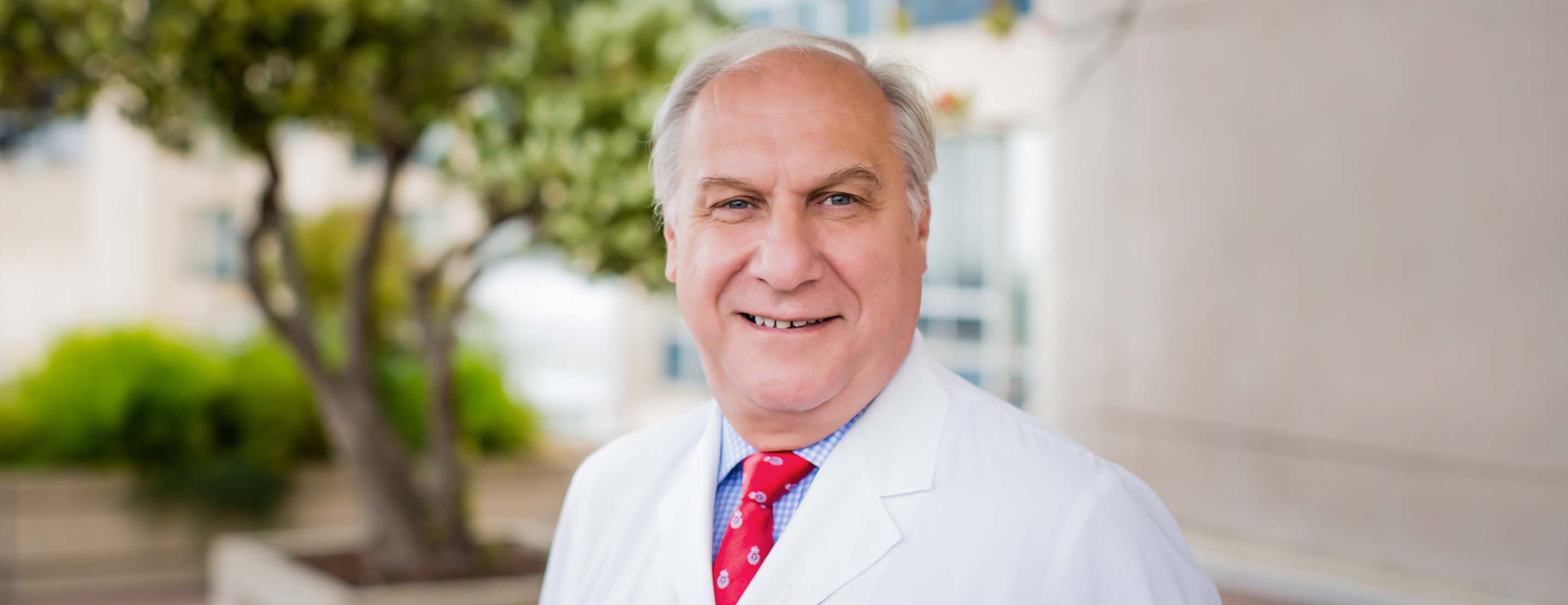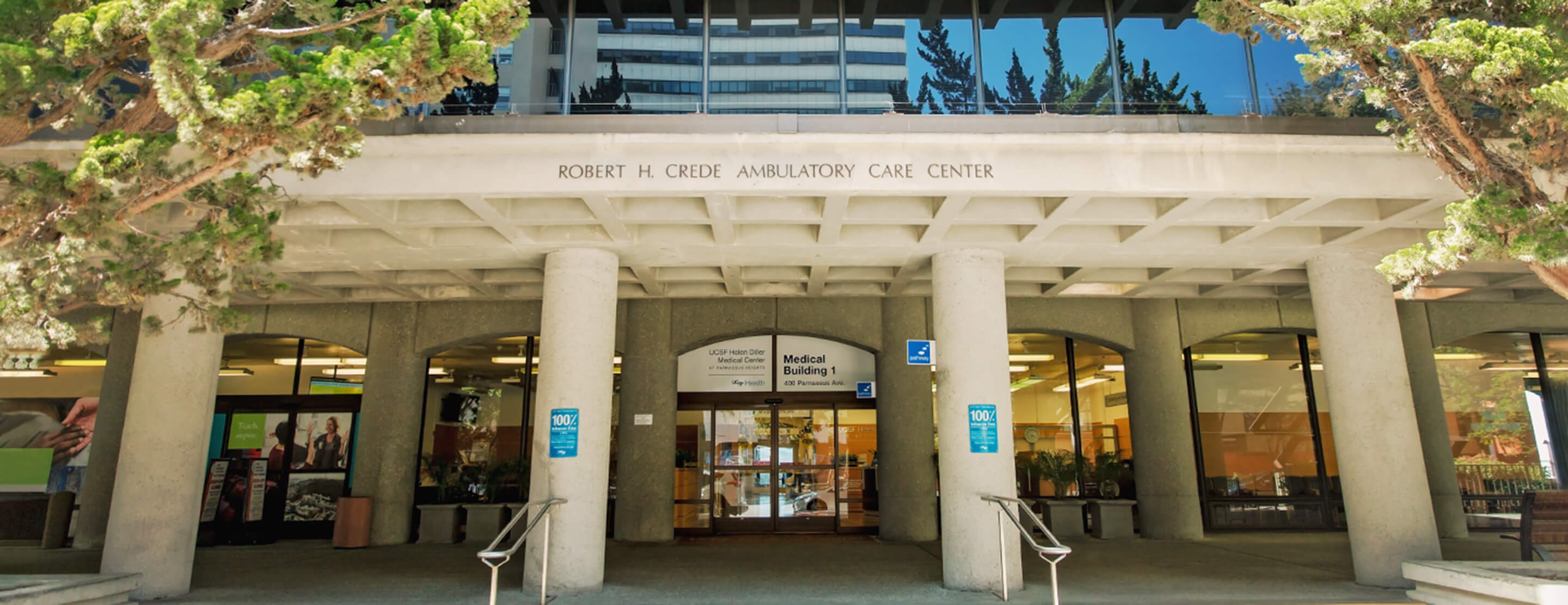
Doctor Q&A: Georg Wieselthaler
What attracted you to medicine? I read that you initially studied electrical engineering.
All through childhood I wanted to be an electrical engineer — nothing else existed for me. But when I finished college and started working for a power company, I was so disappointed. It was boring!
I had a background in medicine because my dad was a veterinarian. We had tons of animals and my brother and I would help out sometimes. After half a year, I told my dad I wanted to go into medicine. He said, "Great, do you want to take over my business?" I said, "Well, no, I want to work with humans."
How did you get involved in working on mechanical circulatory support devices?
A med school friend called me and told me about a program testing total artificial hearts in large animals that needed medical students. The animals spend a couple of days in the quarantine room and you do the job of an ICU nurse.
Pretty soon I was asking a lot of engineering-specific questions. They asked, "How come you know all this?" I said, "Because I'm an engineer." They said, "We need engineers for the driving units under development in the bioengineering lab." So I moved to that lab. It was fascinating. Everything was being developed brand-new.
What is a driving unit?
It's the controller for the [heart] pump — the brains of the device, if you will.
What happened when the first artificial hearts were implanted in people?
I saw how the patients could recover and also saw some things that didn't work out. The total artificial heart and the pumps in those days were really big. It's a big surgery and very traumatic to the patient. And smaller individuals, females and children, can't be served with these pumps. So, together with a bioengineer who became my closest friend, we said, "We have to do something completely different. How can we make pumps that are smaller?"
To make the pumps smaller, they needed to work differently, too — can you explain that?
For years we had lived with the dogma that a patient has to have a pulsatile flow. We decided to focus on pumps that would allow the blood to flow continuously, instead of pumps that mimic the human pulse.
And you eventually became the first surgeon to successfully implant a continuous flow device?
Yes. I became the program director for the first clinical trial of the MicroMed pump [developed by famed cardiac surgeon Dr. Michael DeBakey]. We had the first patients in the world with no pulse.
My department chair told me, "When you have those first patients, they are unique. I expect you to be there 24/7." Initially, I slept in the rooms with the patients. I was with them around the clock. They recovered and became stronger. It was really amazing.
The idea at that time was that the pumps would be a "bridge to transplant" — a way to keep patients alive until a heart became available — not a long-term solution?
Yes, because nobody knew at that time how long these pumps would last. And we did not know how long the human body would tolerate nonpulsatile flow. I transplanted both patients successfully, the first one four-and-a-half months after the implant and the second one after six-and-a-half months. The very first patient is still alive and he's doing great.
Now some heart failure patients may not need a transplant at all, once the pump is implanted. What kind of patient is a good candidate for this?
The oldest patient ever implanted was 89 years old. He is still alive at 95. He was pretty sound and healthy and went into heart failure.
Patients like that — where you can rule out major kidney, liver and lung failure, as well as strokes — would be ideal candidates. All you have to do is support the engine, so to speak, and the rest of the body is fine.
What is it like to transplant a heart?
I‘ll tell you the truth, for me it was always a miracle. You have a piece of meat, of flesh, that is not moving, that is cold, and you take it from one person to the other, and just suture it in, flush it with warm blood and all of a sudden it starts beating. Something that's lifeless comes into life once again. It's like a phoenix rising from the ashes.
Can you contrast a typical scenario for a heart failure patient at the beginning of your career and now?
It is like night and day. We know a lot that we didn't know in the old days.
Today I saw a patient who sits in a chair and cannot walk anywhere. She's in her 60s, very smart, and still wants to work. Her legs are swollen and she can hardly breathe appropriately. She has been in that state for several months. For her — while you can't guarantee anything — you can assume she's going to benefit dramatically, to where she can go back to a normal life, including things like outdoor activities and going on holidays.
The most important thing is that as soon as patients are exhibiting pronounced symptoms of heart failure — like shortness of breath, restriction of exercise capabilities — they should contact a specialized center. The earlier people get referred, the better.
How might these patients benefit from coming to UCSF rather than another center?
We have a very consolidated team of cardiologists and surgeons and mechanical circulatory support coordinators. Also, because we are an academic center, we really push hard to go new routes. When I came here, we did the first minimally invasive implantation of the HeartWare pump in the U.S. Now the majority of our patients get this minimally invasive approach.
What does that mean for recovery time?
It's faster. And because many are bridge-to-transplant, the transplant is way easier. They are in better shape, and because you don't have to open up the whole pericardium [the sac surrounding the heart] and sternum, their anatomical situation is easier to approach.
Currently, MCS patients have to wear an external power source that's connected to the device through an incision. Will we see wireless power sources soon?
Yes. There are a lot of little issues that prevent us from applying them in humans at this point, but I think it will be possible in four to six years.
What is your primary motivation to keep innovating?
You have to have the mindset that you want to do things differently. When I came here and did the first minimally invasive implant, people said, "Nobody does that here." But I said, "This is the Bay Area, where people think outside the box. If not here, then where?" That's one reason I came here — I was impressed by that spirit of doing things differently.








